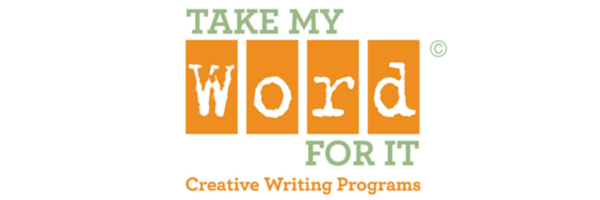Dating as far back as the 4th century A.D. an ancient writing system known as Ogham surfaced in the Republic of Ireland and the modern day United Kingdom. Ogham is an early Medieval alphabet used primarily to write the Old Irish language. This alphabet, also referred to as the “Celtic Tree Alphabet,” had 20 letters typically arranged in four series. (Each of the 20 original letters are individually ascribed a name of a tree. For example, the letter B, Beithe, is ascribed to the Birch tree and the letter S, Sail, is ascribed to the Willow tree). Each letter looks similar to a modern day, “tally” mark.
Letters were grouped together to form words and linked by a solid line running underneath the phrase. These “sentences” or “phrases” looked similar to music notes on a stanza. All surviving inscriptions can be found on stone and in manuscripts, but it is probable that the Ogham writing system also marked sticks, stakes, and trees. The direction of the writing went from bottom to top and left to right when written on stone and left to right and horizontal when written on manuscripts.
Many inscriptions take the form of a name leading scholars to believe this writing system was used as a sort of secret code to mark personal territory. Ogham inscriptions have been found in England, Scotland, Ireland, Wales and the Isle of Man. To learn more about visit: Ogham
